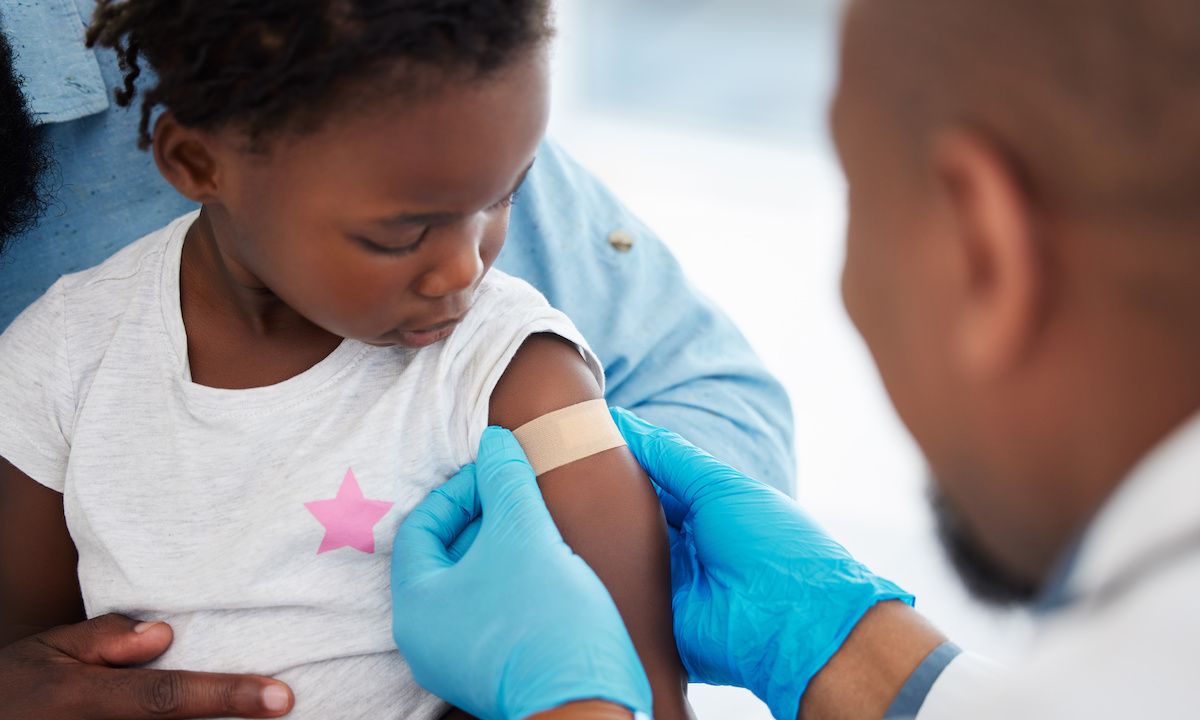Article
Top 5 Most-Read Infectious Disease Articles of 2022
Author(s):
The top 5 most-read articles for infectious disease in 2022 explored preventive efforts and therapeutic innovations against Clostridioides difficile infections, as well as federal action on the COVID-19 pandemic.
Clostridioides difficile infection (CDI), human papillomavirus (HPV), and COVID-19 were among the topics addressed in the top 5 most-read infectious disease articles published on AJMC.com.
Here are the top 5 most-read infectious disease articles of 2022.
5. Posters Show Success of RBX2660 in Reducing C difficile Recurrence, Reviving Microbiome
Now known as Rebyota, the effectiveness of RBX2660, a microbiota-based live biotherapeutic for the prevention of CDI, was demonstrated in a pair of posters presented at Digestive Disease Week 2022. Findings of the multicenter, randomized controlled phase 3 trial PUNCH CD3 showed that patients with CDI who received RBX2660 were more likely to achieve treatment success than those who received placebo. The second post, which was indicated to be a Poster of Distinction at the conference, provided evidence that the biotherapeutic restored the microbiome and bile acid compositions concurrent with clinical response in patients with CDI.
4. HPV Rates Continue to Decline, New Data Suggest Herd Immunity Growing
A study showed that the HPV vaccine has led to a dramatic reduction in the prevalence of HPV among young adults, but the authors cautioned that missed vaccinations during the COVID-19 pandemic could stymie progress. HPV is the most common sexually transmitted infection in the United States, and the report indicated that the benefits of vaccination extended beyond the vaccinated population, resulting in a significant drop in HPV prevalence even among people who did not get the vaccine.
3. Hospital Dramatically Decreased CDI With 2 Interventions
Adding an admission screening question and a 2-step testing algorithm was shown to dramatically decrease the incidence of CDI at the Milton S. Hershey Medical Center in Pennslyvania. In the year after implementing the new interventions, researchers found the number of health care–associated infections due to CDI dropped from 161 to 63. The 2-step testing algorithm also prevented overdiagnosis of CDI that could result from testing everyone who had diarrhea in the 24 hours prior to admission.
2. SHEA Updates Guidelines for Central Line–Associated Bloodstream Infection Prevention in Hospitals
An update earlier this year to the Strategies to Prevent Central Line-Associated Bloodstream Infections in Acute-Care Hospitals (SHEA) guidelines highlighted patient risk factors and on-site strategies to help prevent the spread of central line–associated bloodstream infections (CLABSIs) in hospitals. Patients who acquire CLABSIs are generally hospitalized longer and have increased care costs and morbidity and mortality. Research-backed recommendations were provided regarding catheter insertion, hemodialysis catheter insertion sites, and more.
1. Looking Beyond COVID-19, US Health Officials Outline Next Steps to Fight Disease
Details of the National COVID-19 Preparedness Plan released in March 2022 were discussed by the Biden administration's top health officials who outlined increasing efforts taken against COVID-19, ranging from 1-stop testing and treatment sites to boosting research and surveillance. The plan focused on 4 key goals: Protect against and treat COVID-19, prepare for new variants, prevent economic and educational shutdowns, and continue to lead the effort to vaccinate the world and save lives.




